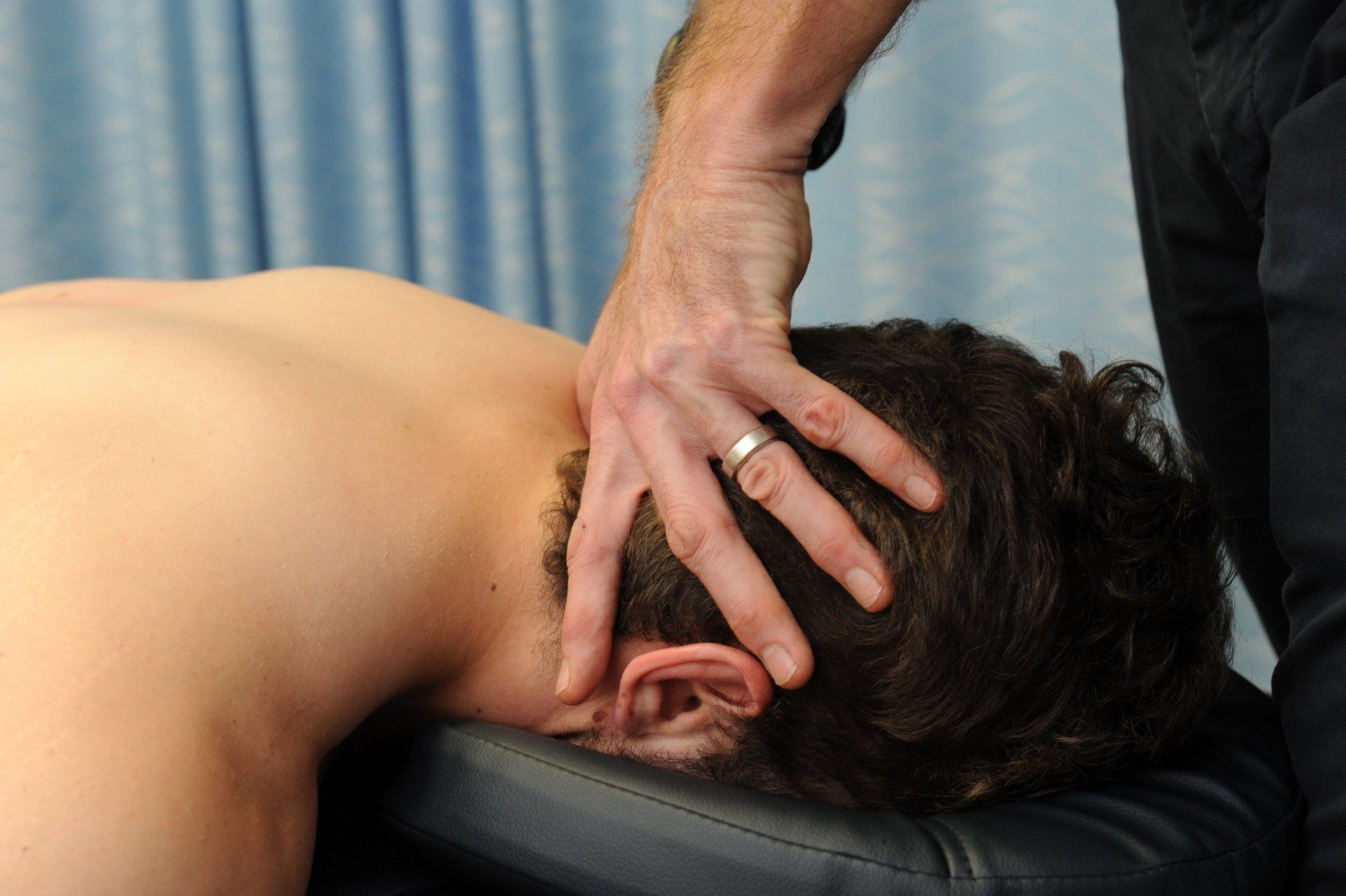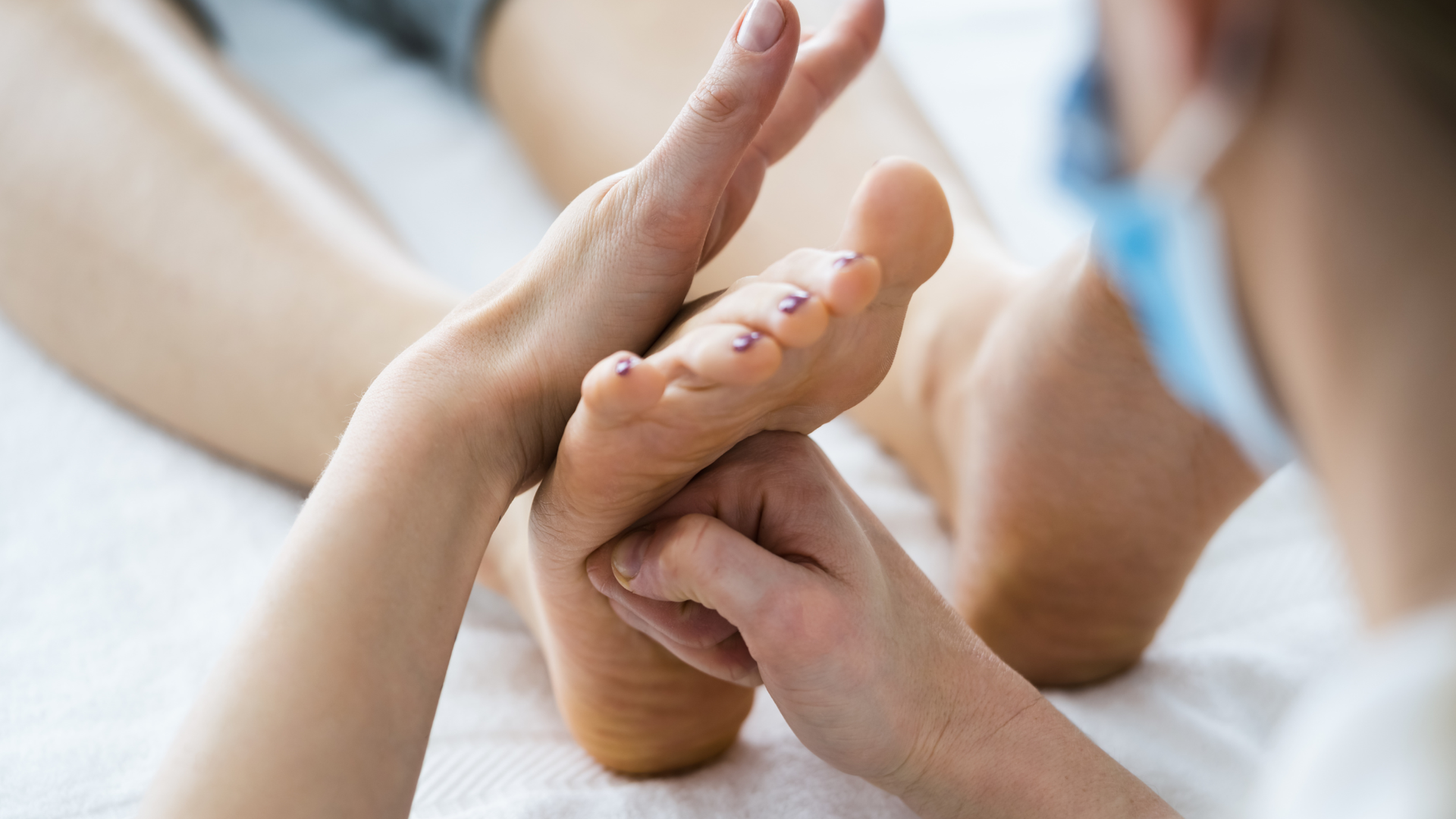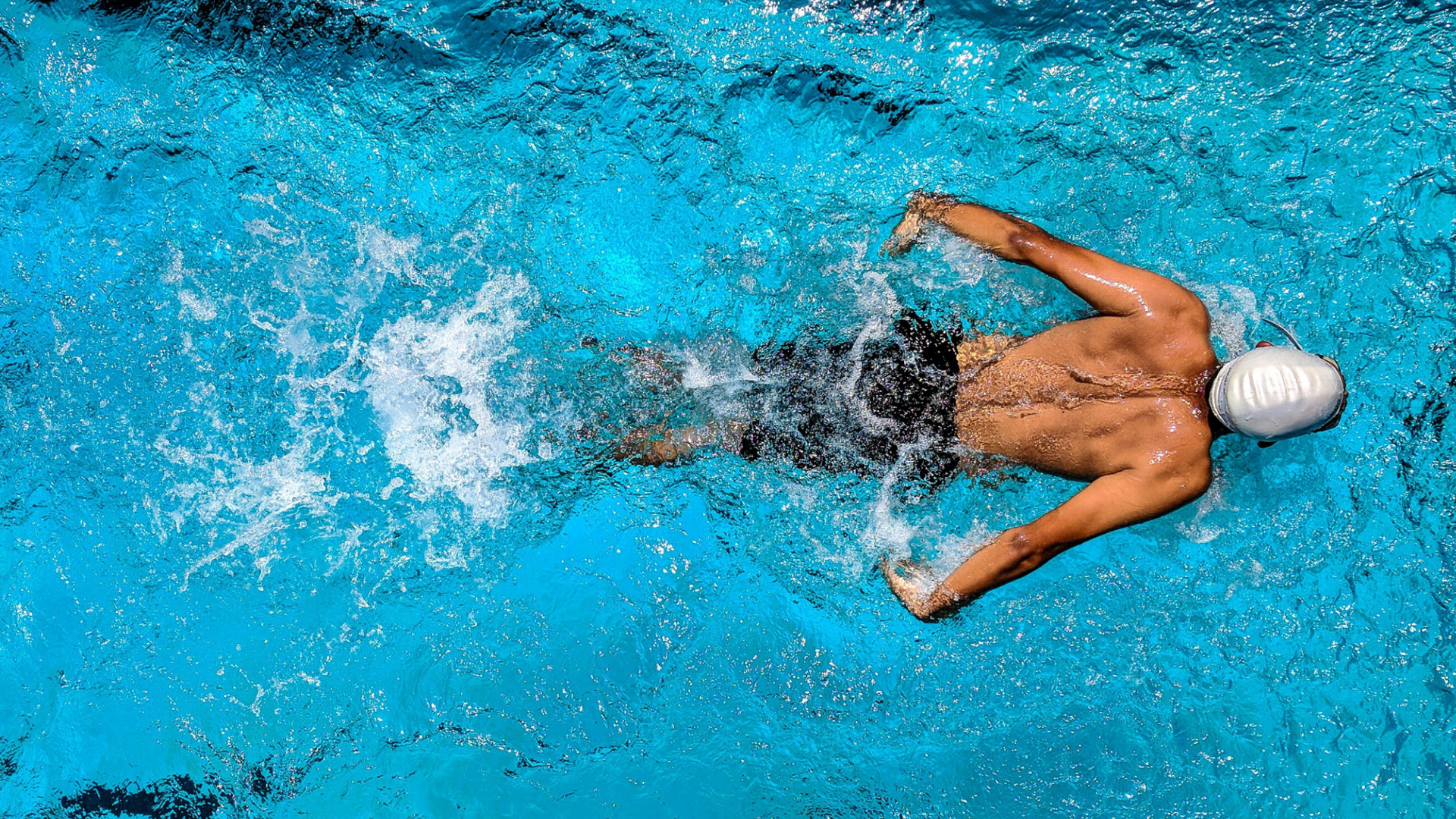Lower Leg - Calf Muscle Strain Injury
Calf muscle injuries can be complex and have a high rate of reinjury.

If you’ve ever popped a calf, you’ll know the shock and accompanying searing pain that comes with it, like someone has thrown a rock at you as hard as possible and struck you in the back of the leg. Calf muscle strains are common in sports that require maximum sprinting, acceleration, agility and change of direction – think AFL, soccer, squash, and tennis – and has been coined an ‘old man’s injury’ due to its frequency in middle aged men trying to get fit again.
A little bit of anatomy
The calf muscle complex is a vital biomechanical component of walking, running and weight bearing activities. Composed of the gastrocnemius (pronounced ga-strok-nee-mee-uhs), soleus and plantaris muscles, the calf can generate huge amounts of force and counter large reaction loads when landing from a jump or changing direction.
While all calf muscles are susceptible to injury, in most sports the gastrocnemius is most frequently strained due to it being a bi-articular (or two joint muscle). The exception to this is AFL players, where studies have shown that greater than 80% of calf muscle injuries involve the soleus muscle2.
You can see the anatomy of the calf muscles here.
Risk factors and injury prevention
Like all injuries, there exists both intrinsic and extrinsic risk factors for the development of a calf muscle strain injury. Some of these are modifiable, while others can’t be changed.
Intrinsic risk factors for calf muscle injury include:
- Age – This is why it’s often termed an ‘Old man’s injury’. There is strong evidence associating increasing age with calf muscle injury, particularly in AFL and soccer1,3,4,5.
- Previous History – yep, like most soft tissue injuries, if you’ve had a calf strain previously, you have a higher risk of future injury in the same muscle1,3,4,5,6,7.
- Other injuries – there is some weak evidence that other lower limb injuries such as adductor and hamstring strains, and knee injuries, can predispose athletes to future calf muscle strain injury1,3,5.
Extrinsic risk factors include:
- The type and demands of the sport being played1,3,4,5.
- Time of the sporting season1,3,4,5.
- Training error and cumulative fatigue1,3,4,5.
Injury prevention involves identifying risk factors and ensuring training and game exposure is graded and relevant to the individual’s age, training history, and past injury history. Training volumes should be increased gradually, with progressive exposure to loads encounter routinely by the athlete in their chosen field. Education plays an important part in ensuring adequate recovery periods are recognised and that soft tissue therapies are used judiciously as an injury risk reduction tool.
Diagnosing calf muscle strain injury
While a diagnosis of calf muscle injury might appear straight forward, there are always other potential injuries and contributing factors that need consideration. Direct injuries (such as a contusion), delayed onset muscle soreness (DOMS), and Achilles tendon injuries share some similar signs and symptoms, while the lumbar spine can refer pain to the calf region and should form part of the assessment process.
Do I need a scan?
Not immediately! In most instances it is reasonable to wait a few days and see how symptoms are progressing. A good clinical assessment will likely negate any need for imaging, but if it’s not behaving as we would expect, then an ultrasound or MRI can be worth pursuing if the conditions are right1.
“If the individual has felt a big rip, or a pop at the time of injury and can’t walk pain free until day 10,
then that’s a 6-8 week injury before you scan it”
How long is it going to take?
It is important to appreciate that many factors influence the time required to successfully return to play from a calf muscle strain injury. At baseline (ie. when the injury has just occurred) the physiotherapist will use the information gathered about injury circumstances, functional ability, and imaging (if required) to determine the location and grade of the injury1,3,6,7.
Grading of muscle injuries can assist with early prognosis and time frames to return to normal activities and sports. This is just a guide though, as many factors can influence whether the athlete can return at a particular period, including exposure to appropriate training loads and volumes, post-training symptoms, number and type of previous injuries, type of sport and position in team, and athlete confidence in the muscle1,3,6,7.
A staged approach to managing calf strain is the most appropriate in determining prognosis1. The value in staging is three-fold:
- It reduces the risk of recurrence due to overly aggressive rehabilitation or premature return to play1,6.
- It avoids overly conservative return to play time frames.
- It allows for performance-related factors to be considered and planned for throughout the recovery period.
You can check out the process we go through to determine injury prognosis here.
Injury management and return to play
“The most important thing is getting therapeutic loading started as soon as possible”
Best practice will utilise functional progression milestones to guide injury management and return to play. Why? Because people heal and recover at different rates. We’ve seen small grade 1 calf tears take 8 weeks to return to sport, while large tears demonstrated on MRI have successfully returned to play in less than 6 weeks.
We strongly advocate the Optimal Management Model as described in Green et al (2022) which considers:
- Early injury assessment and management, including education, prevention of further damage, effective therapeutic loading, and normalising walking pattern.
- Clinical and functional progression through the early to intermediate phases of rehabilitation, including reduction of signs and symptoms, progression of local strengthening, and addressing identified risk factors.
- Shift from the medical to performance model, which involves reintegrating to full training, prioritising sports related capacities, and achieving effective balance between on-field and off-field activities.
- Post return to play phase where risk factors continue to be mitigated and capacity is further developed to reduce re-injury risk.
For the calf muscle this means:
- Early pain-free loading using theraband, modified weightbearing activities and isometric exercises.
- Progressive foundation exercises such as directional calf strength, balance, multi-planar motion, and foot intrinsic muscles.
- Directional work such as resisted step-ups, side steps and propulsion activities.
- Locomotive reconditioning such as walking lunges, stairs, resisted bounding and sled pushes.
- Power and ballistic exercises like hopping, jumping, resisted push off, and multi-directional box jumps.
- Advanced running drills and plyometric activities.
The Take Home
Calf muscle injuries can be complex to manage and have a high rate of reinjury. The only way to manage a calf strain injury successfully is through a comprehensive assessment, treatment and return to sport plan. The Optimal Management Model when applied diligently and appropriately provides the best chance of successful return to play while mitigating the risk of re-injury. It will take time, dedication, and effort, but that calf injury will recover and a successful return to sport achieved.
Got a calf muscle strain injury and want to get it sorted? Give us a call now.
At Movement for Life Physiotherapy, we can assess and diagnose the cause of your calf pain and let you know whether you have torn your gastroc or soleus, or if there is something else going on. With a clear diagnosis and tailored management plan, we'll help get you back to the things you love sooner.
Give us a call now or click on BOOK AN APPOINTMENT to book online.
Sources
- Green et al (2022). The assessment, management, and prevention of calf muscle strain injuries: A qualitative study of the practices and perspectives of 20 expert sports clinicians. Sports Medicine, 8(10).
- Green et al (2020). Calf muscle strain injuries in elite Australian Football players: A descriptive epidemiological evaluation. Scandinavian journal of medicine & science in sports, 30(1), 174-184.
- Green et al (2019). Which factors are predictive of return to play and re-injury following calf muscle strain injury? Journal of Science and Medicine in Sport, 22, S19.
- Green B and Pizzari T (2017) Calf muscle strain injuries in sport: A systematic review of risk factors for injury. British Journal of Sports Medicine, 51, 1189-1194.
- Ishoi et al (2019). Diagnosis, prevention, and treatment of common lower extremity muscle injuries in sport – grading evidence: A statement paper commissioned by the Danish Society of Sports Physical Therapy (DSSF). British Journal of Sports Medicine, 54, 528-539.
- Meek et al (2022). Calf strain in athletes. Journal of Bone and joint Surgery, 10(3).
- Orchard et al (2020). Fifteen-week window for recurrent muscle strains in football: a prospective cohort of 3600 muscle strains over 23 years in professional Australian rules football. British Journal of Sports Medicine, 54(18), 1103-1107.








